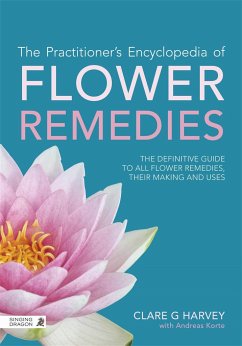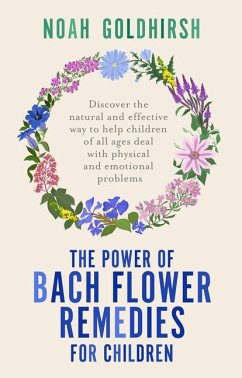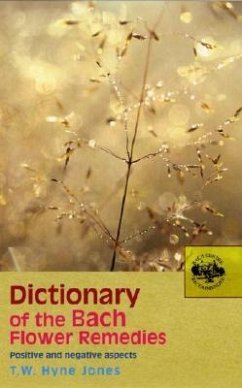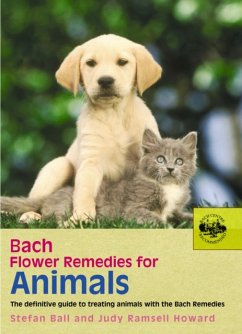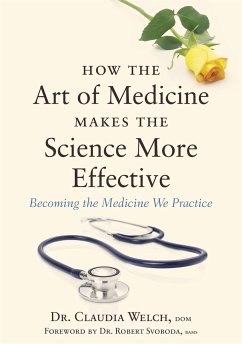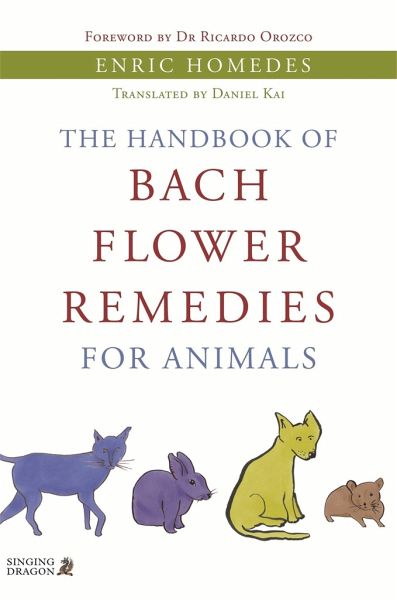
The Handbook of Bach Flower Remedies for Animals

PAYBACK Punkte
11 °P sammeln!
This practical handbook, based on strong scientific research and detailed case studies, explains how Bach Flower Remedies can be highly effective for treating both behavioural and physical complaints in animals. The book lists each of the 38 flower remedies, explaining their properties and applications for both animals and humans.




